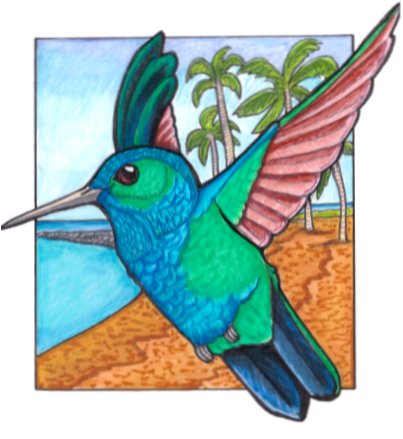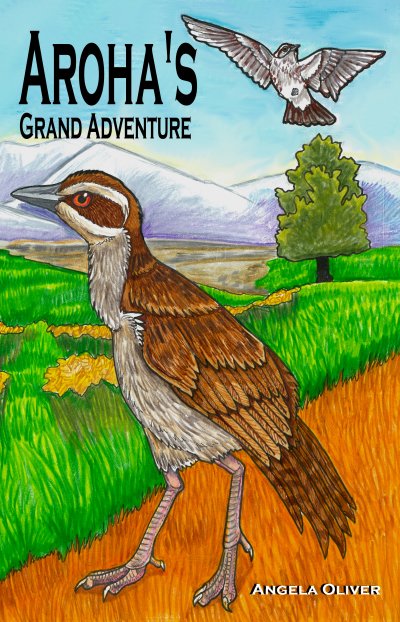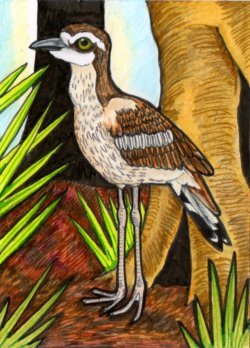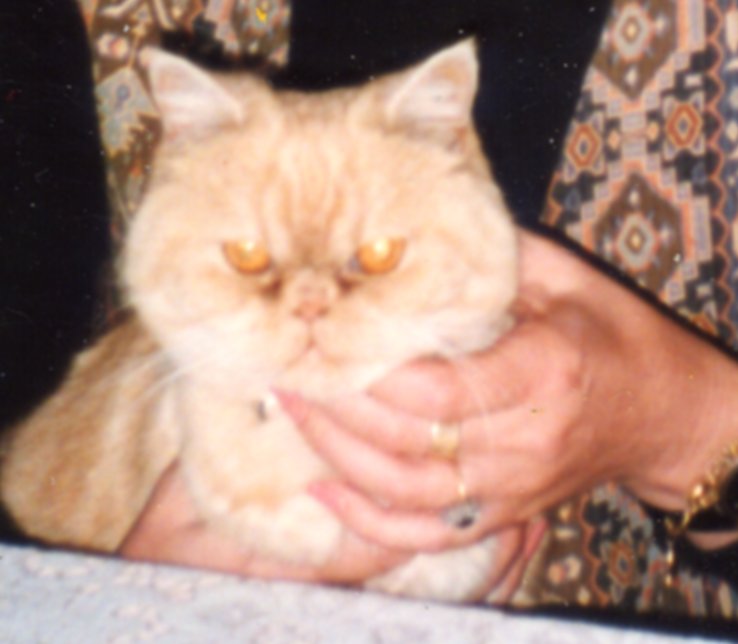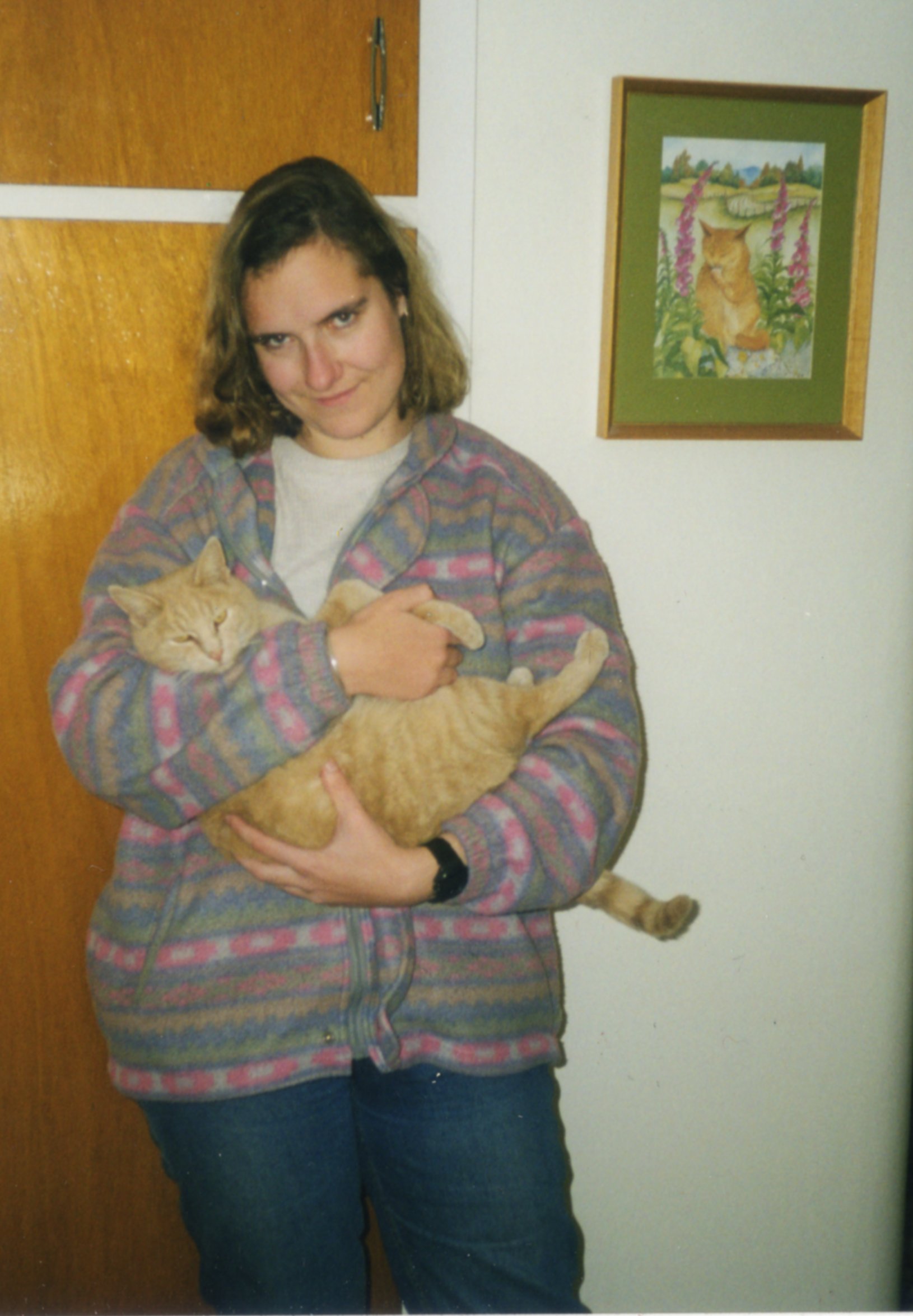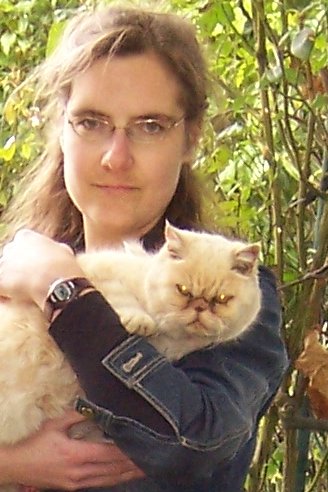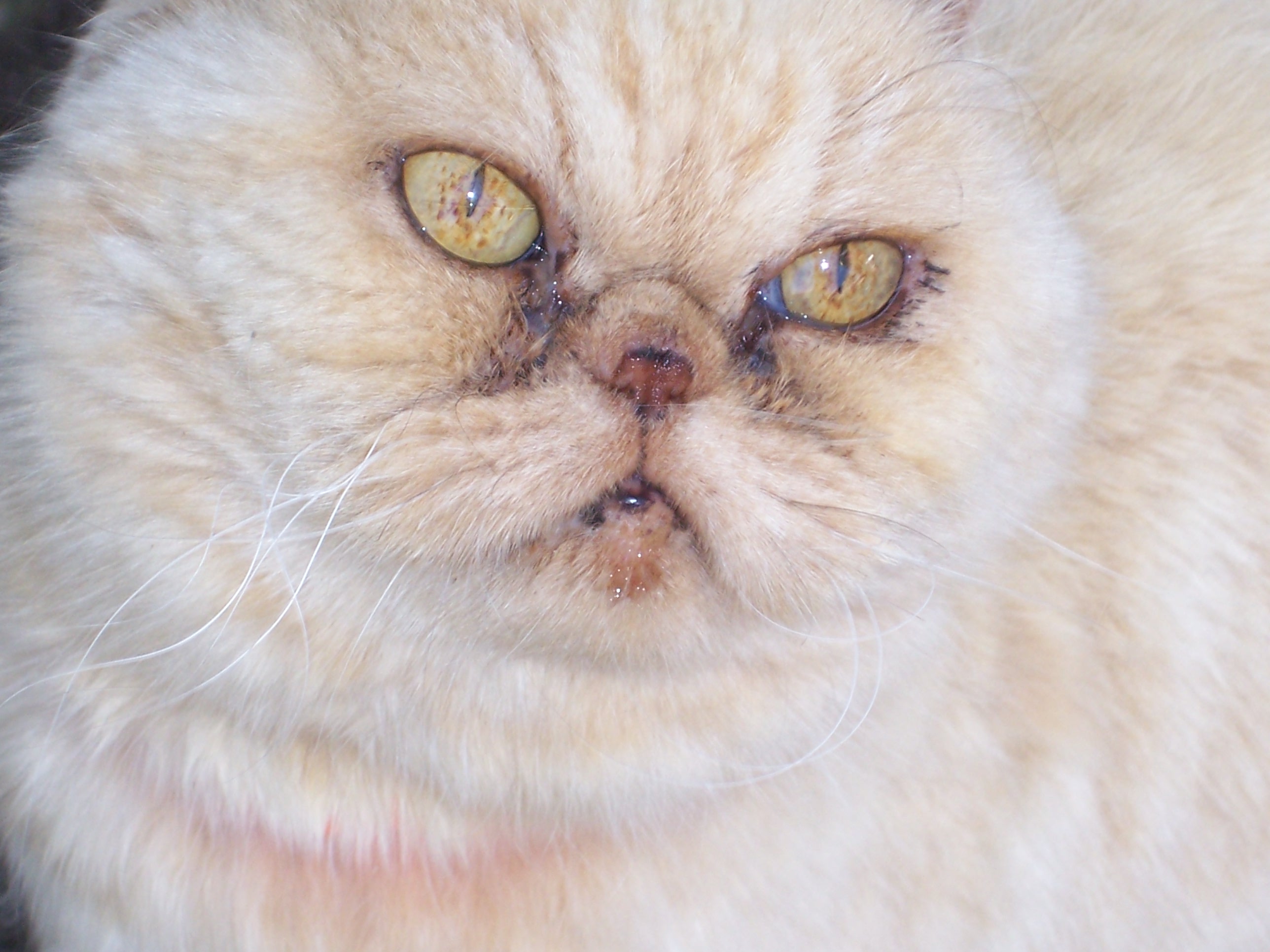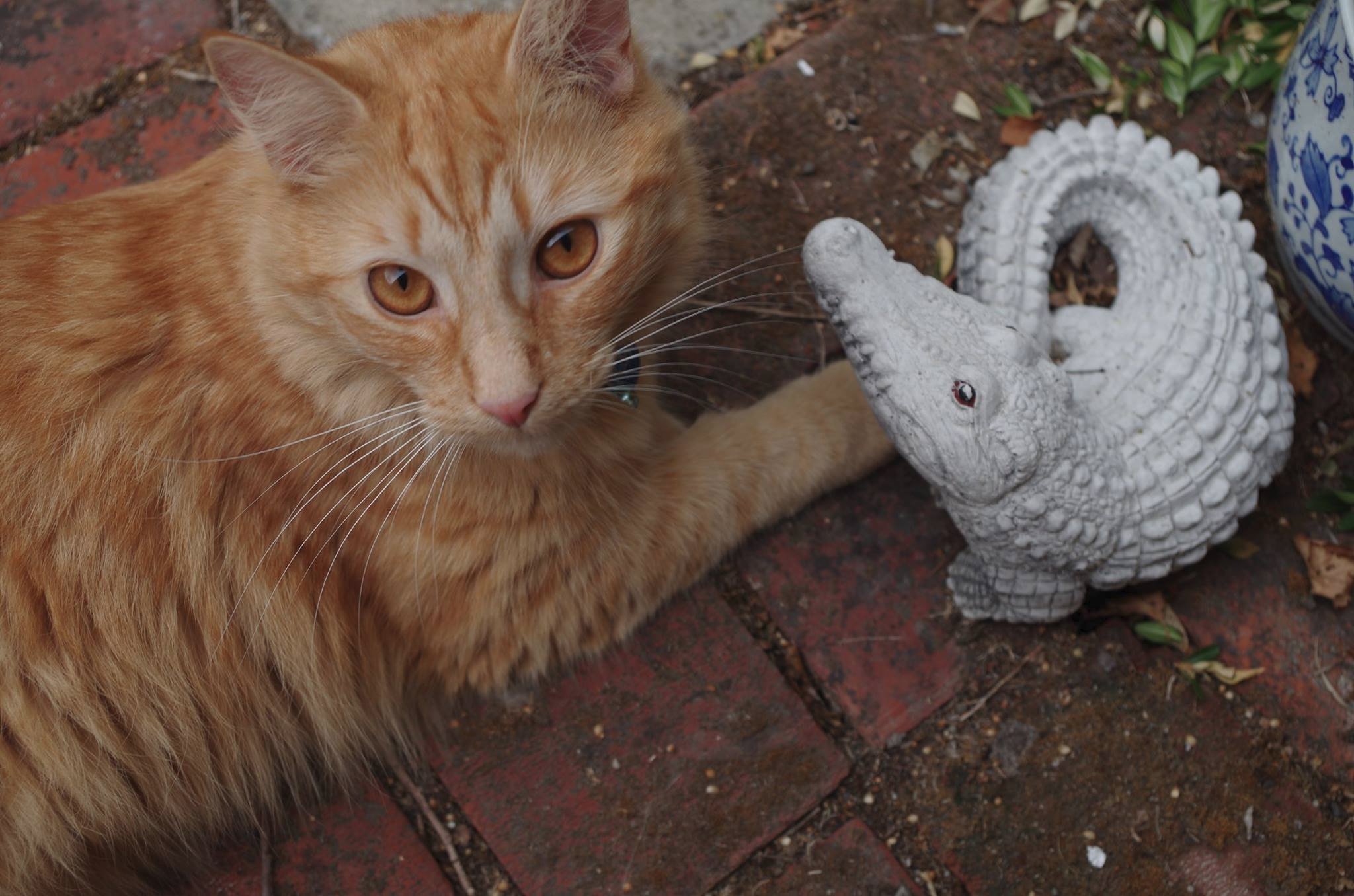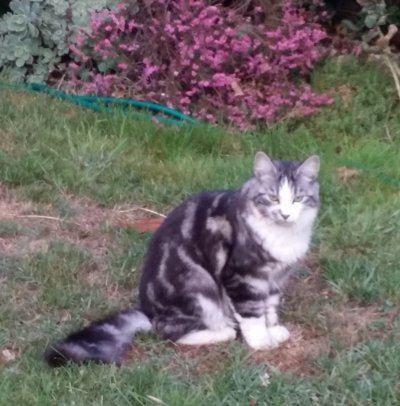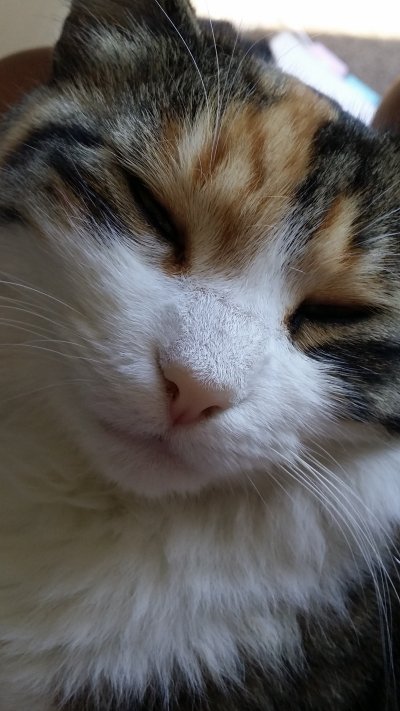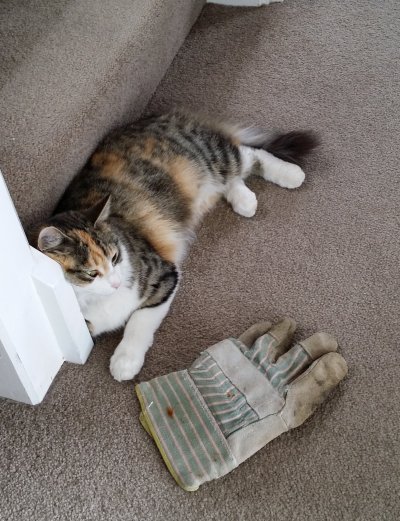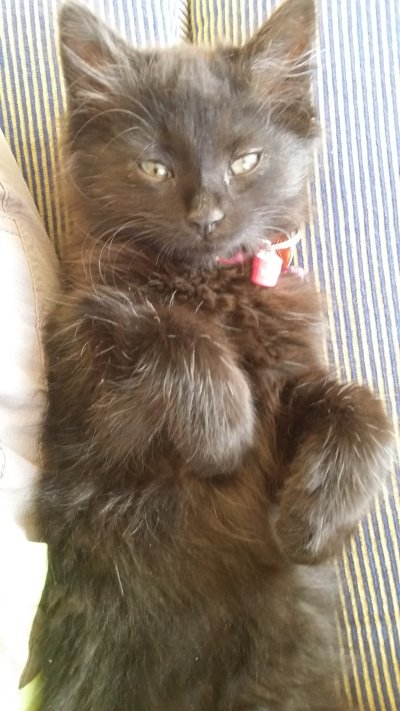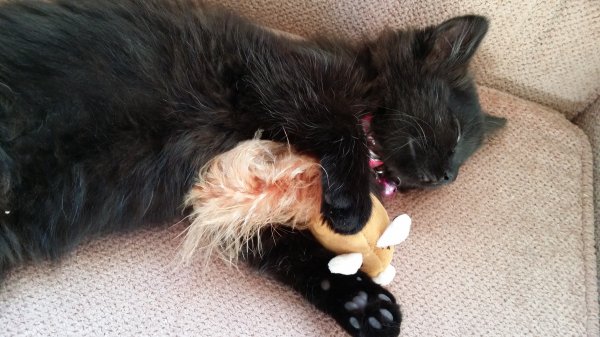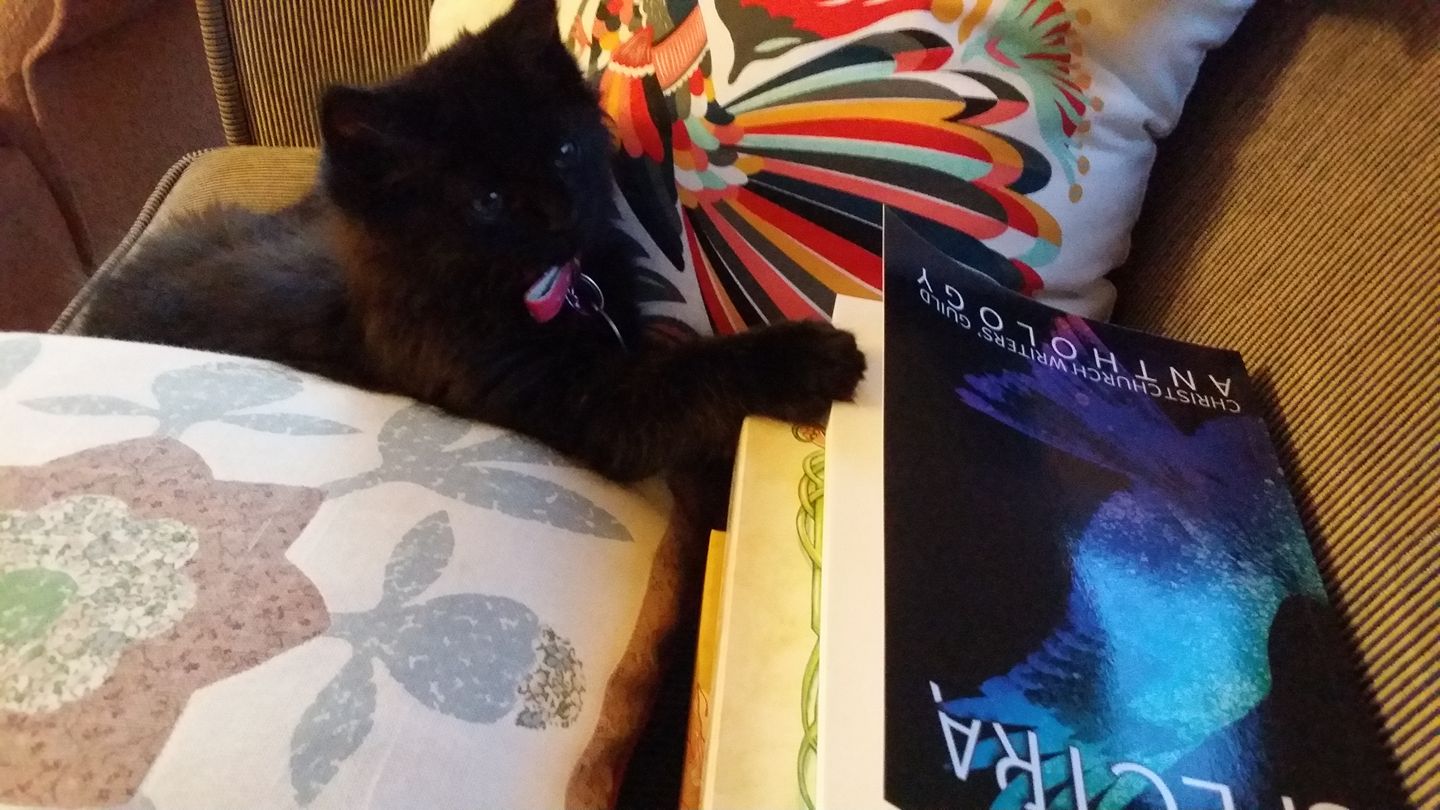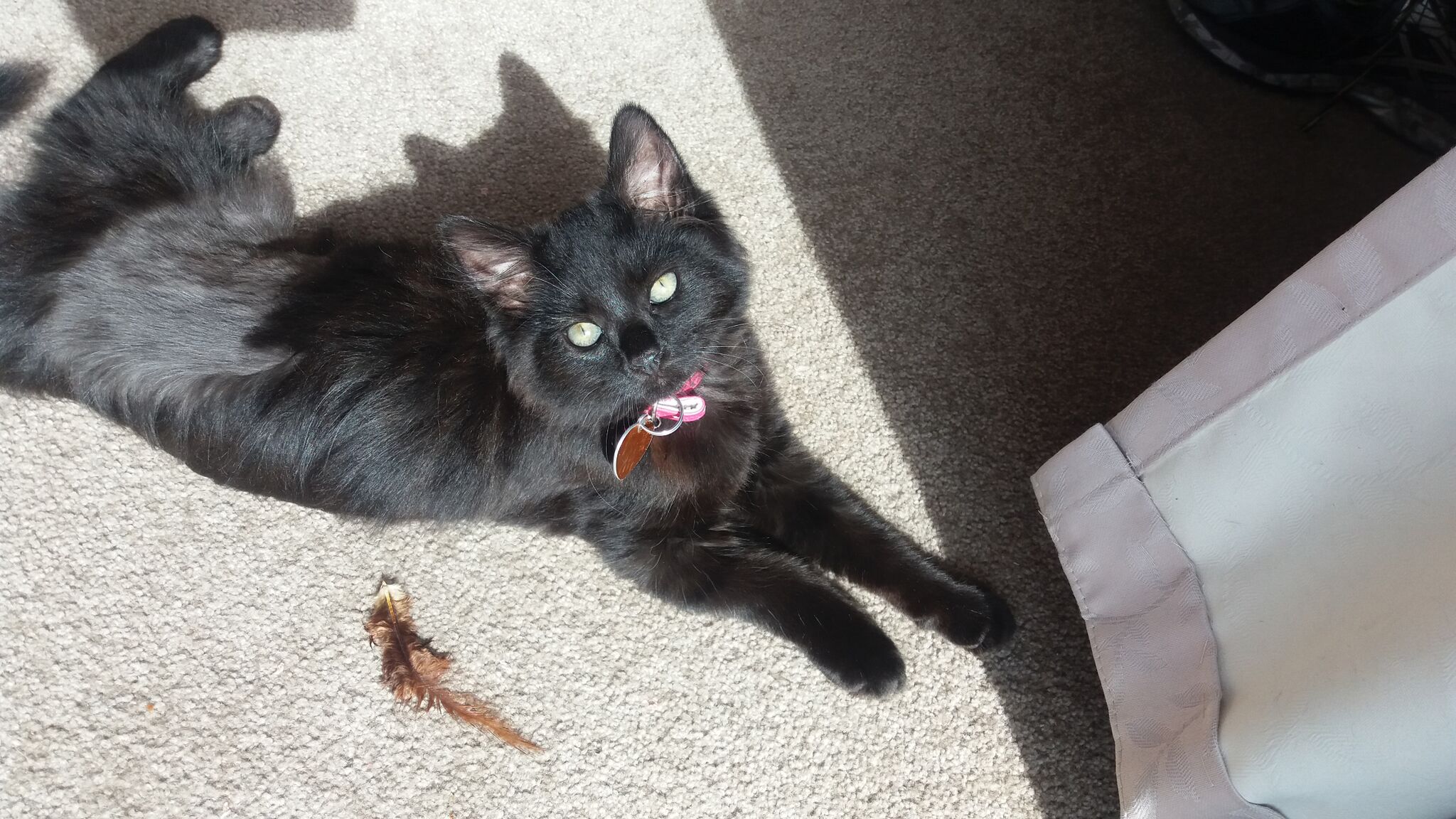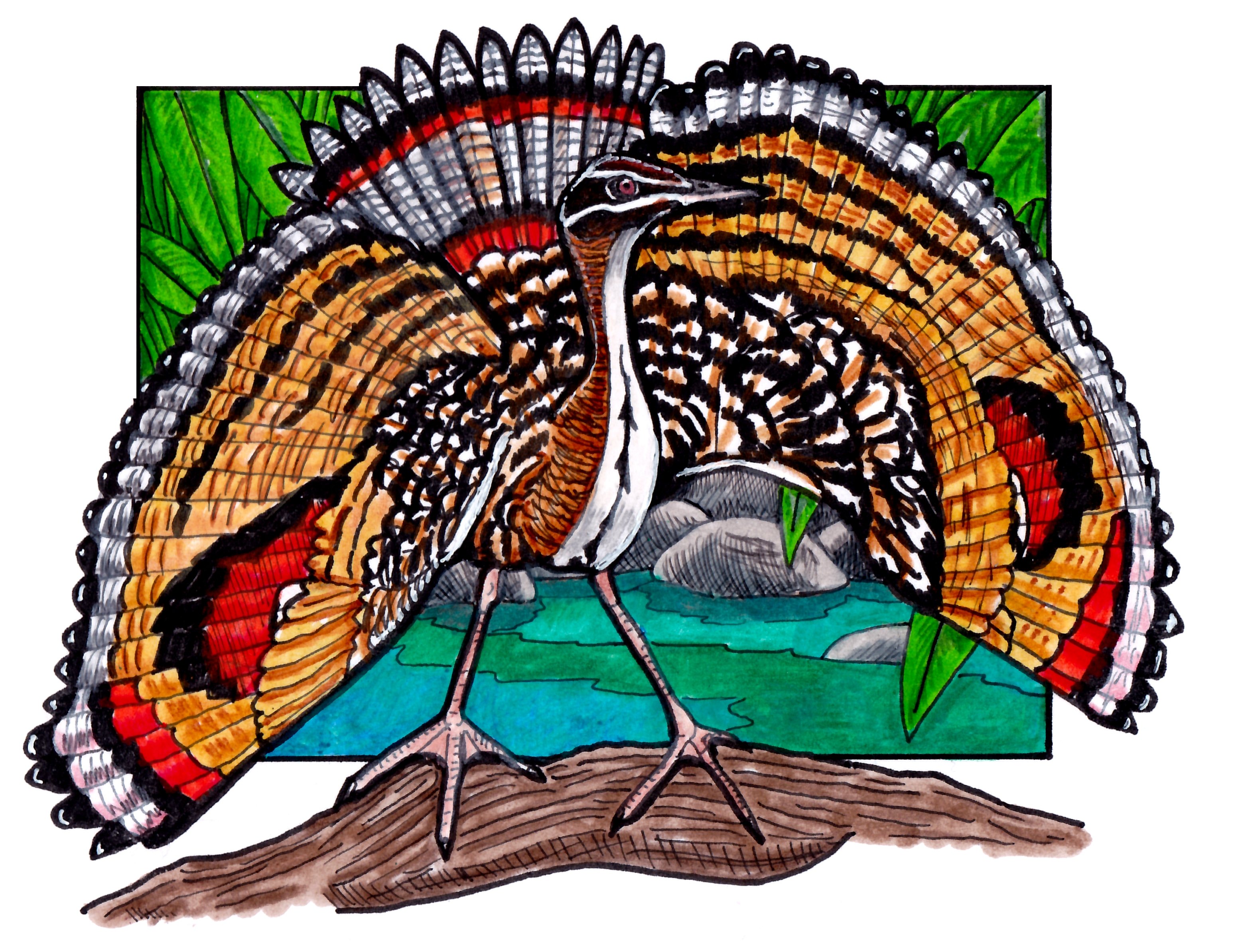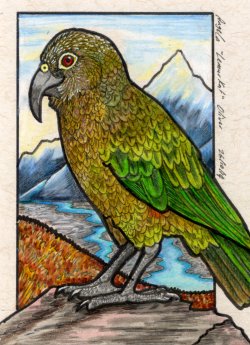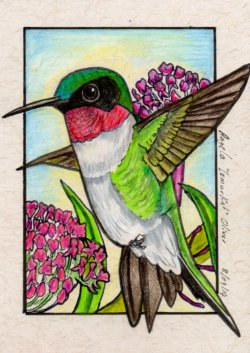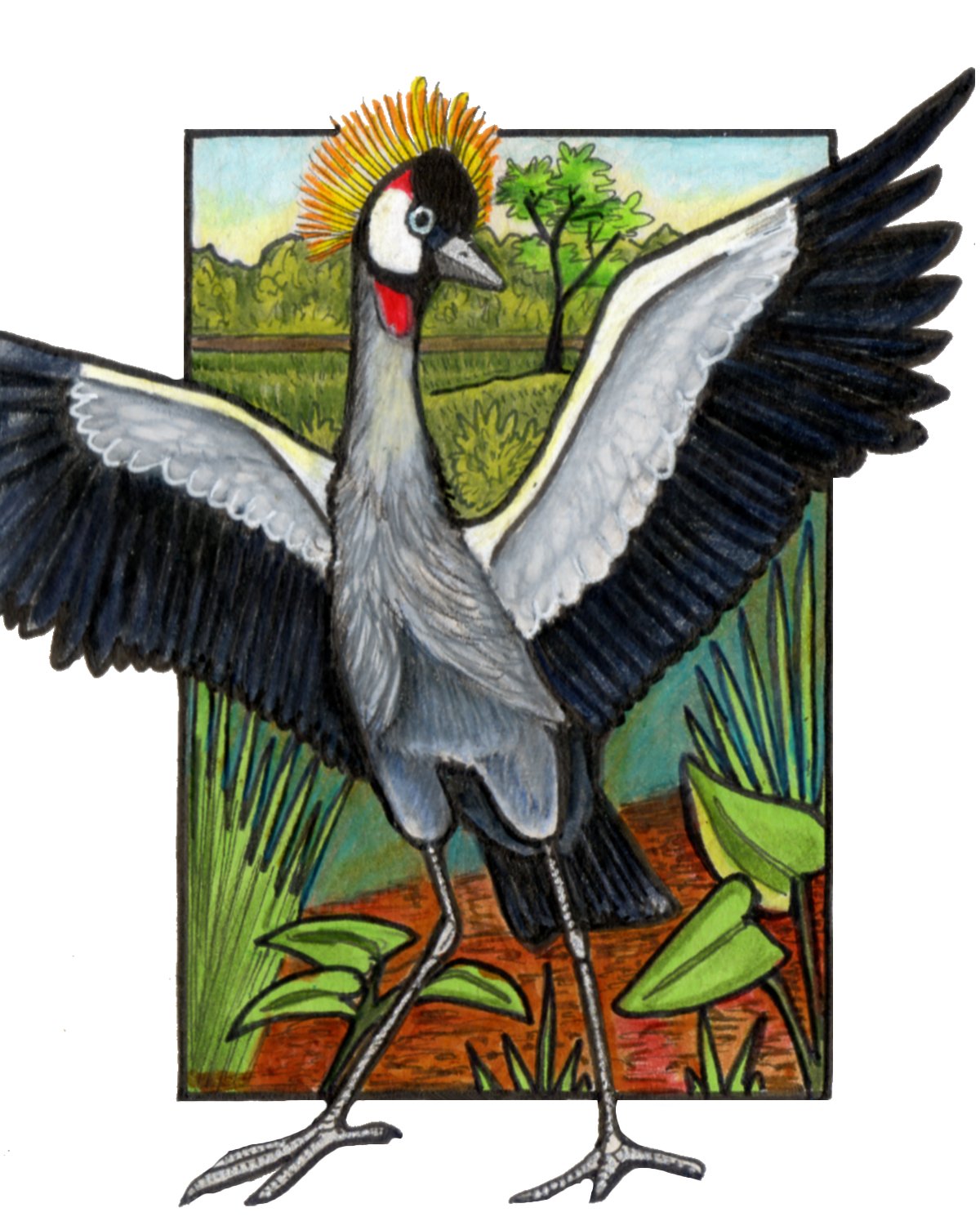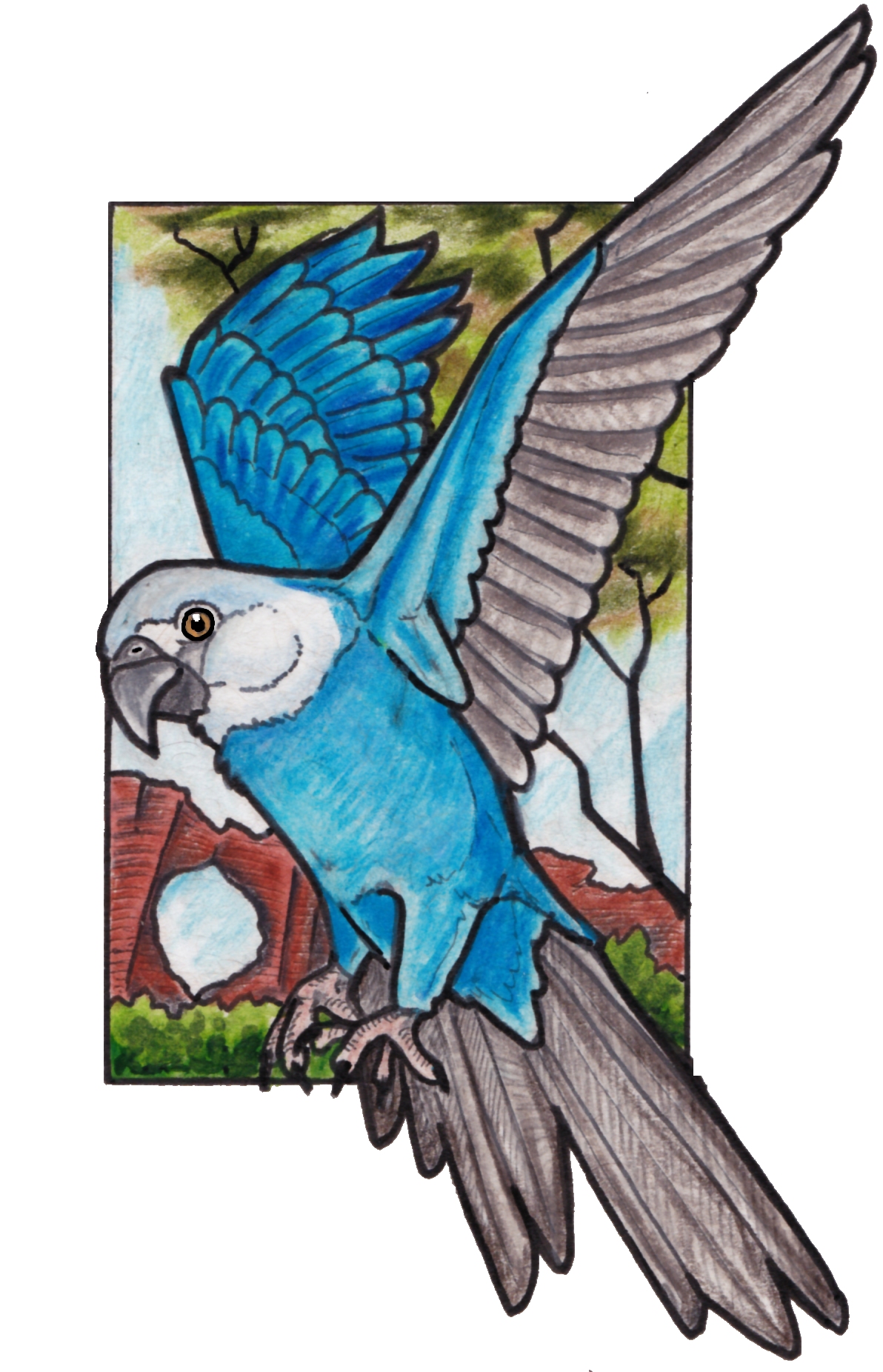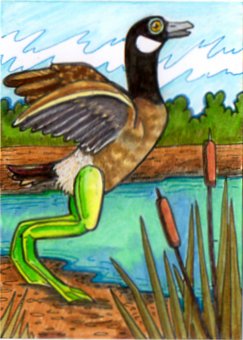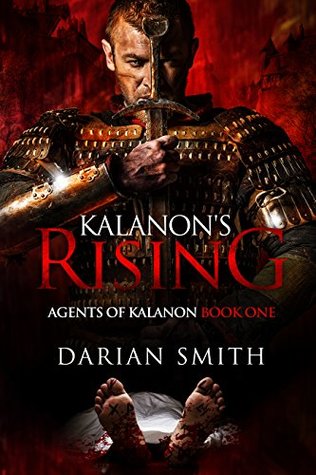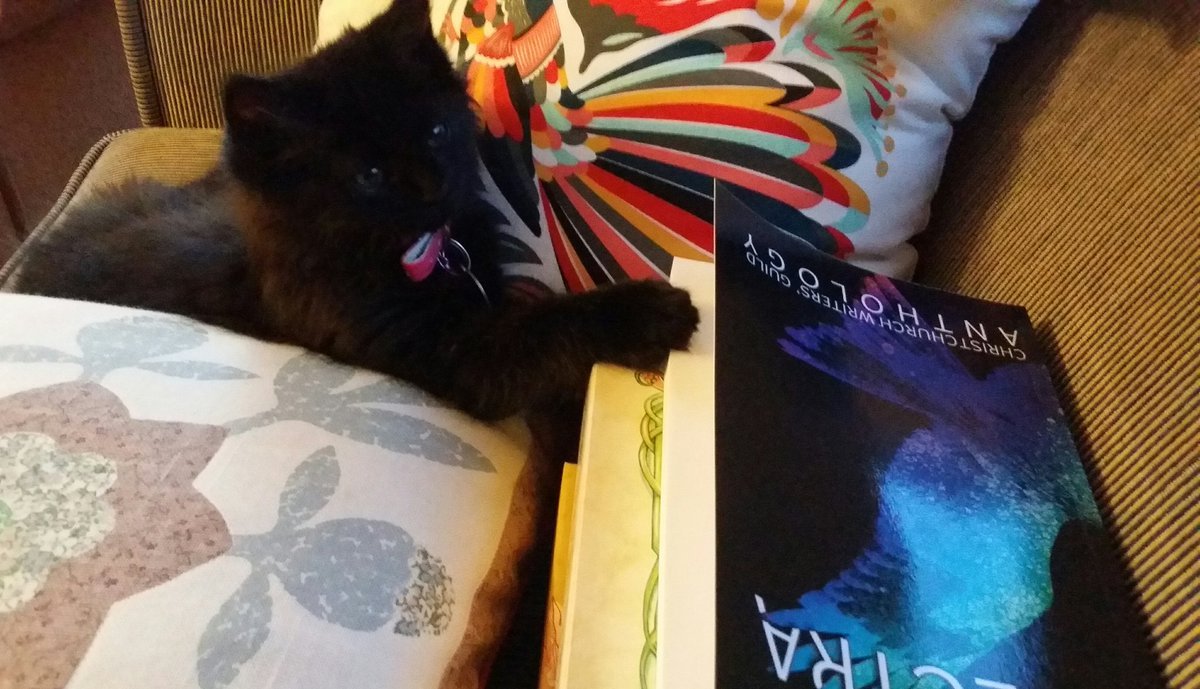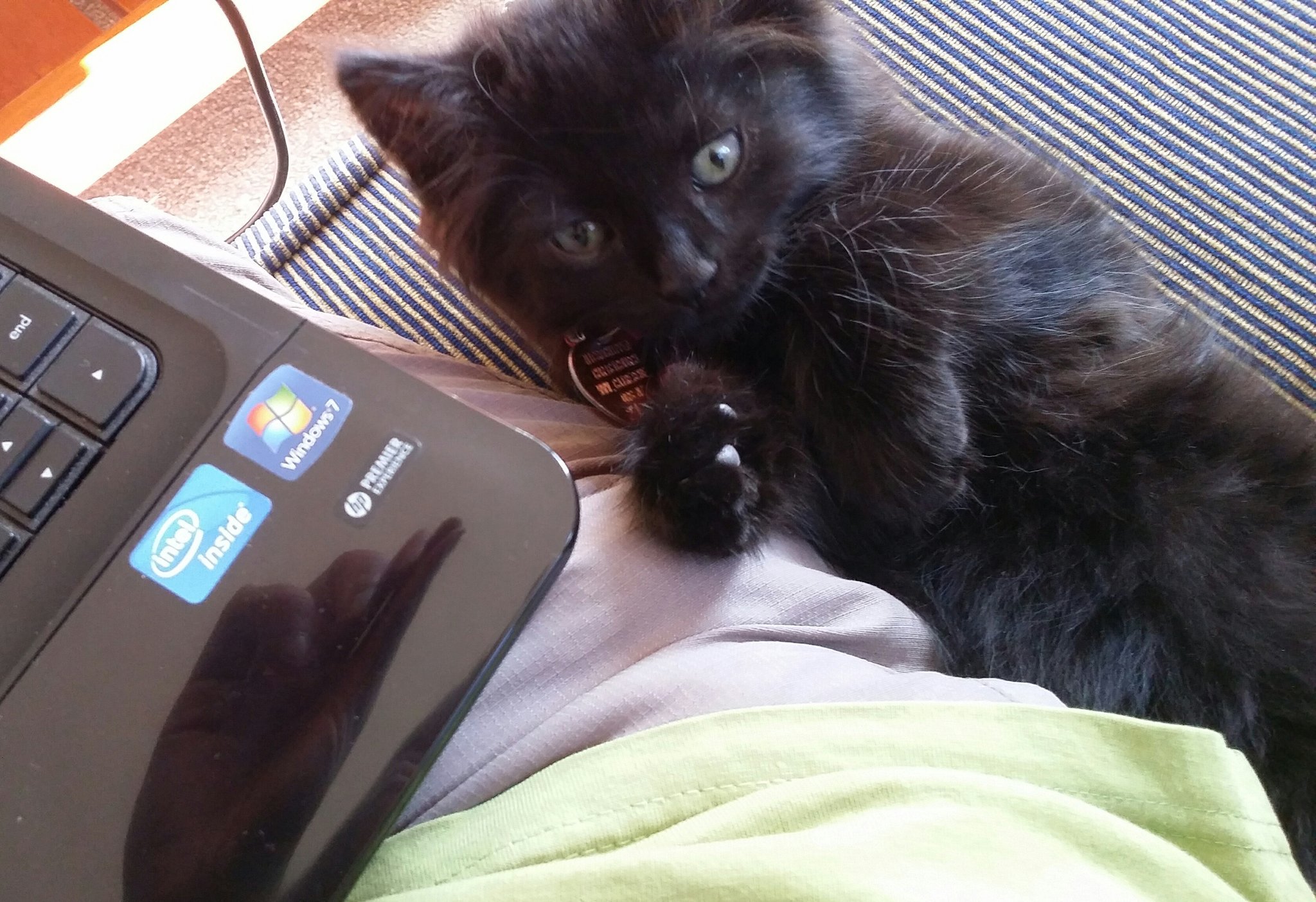Tuesday 8th August is, apparently, International cat day. Obviously, here in New Zealand, we are in the future and thus it is the 9th August, but how can I overlook an (albeit belated) opportunity to show off some of my beloved feline friends.

Comet masquerading as a scarf. (With my younger brother)
Growing up we often had cats, our first was Copernicus, a ginger boy. He used to play with our rabbits, but was re-homed when we moved the length of the country, to live up in Golden Bay. Due to the nature of cameras back in the 80s, I haven’t any photos of him.
Our second cat was Comet, a white boy with patches of ginger. A great big softie, Comet allowed my brother to wear him like a scarf and enjoyed roaming the countryside. He used to sleep in the garage, and one morning I came out to find him covered in blood. He was rushed to the vet, but it was a minor injury: he’d cut his tongue, probably while licking out a tin can or something. He was remarkedly patient when we got him home, and had to wash him. Once again we moved, this time to the city, and once again we re-homed our cat – but Comet was a country cat and may not have survived urban living.
Titus was the third cat in our family, but the first that I chose myself. He was a pet shop kitten, tiny and with an apricot-tinge to his fur. Mischevious from the start, he constantly got into places he wasn’t supposed to and was all too frequently confined to the laundry. This, and the fact that he was probably under the now-requisite 8 weeks when he was taken from his mother and put into the pet shop, gave him all sorts of not-entirely-great habits. Once adult, he roamed far and wide, would disappear for days, which led me to roaming the streets calling his name and hoping not to find a forlorn ginger body. He would jump in the neighbour’s window and sleep on her bed. Once he came home carrying a sausage. However, I was soon to become a university student and had little time for my often-absent feline friend, and after he successfully extracted, and presumably killed, four birds from our aviary, we re-homed him to a more rural setting, and he went to live in Kaiapoi.
Cherub was our fourth cat, but she grew up as Titus’s “sister”. She was Mum’s choice, an exotic persian from breeders down in Geraldine. She was born on Boxing Day. Whereas Titus was a wanderer and a rogue, Cherub was the sweetest and most affectionate kitty you can imagine. She loved to snuggle – stretching out across your neck as you were asleep, her whiskers tickling your cheek and her fishy breath wheezing in your ear. As an exotic she had a few health problems: runny eyes, snuffling breathing and later in life, required most of her teeth removed. She lived to the ripe old age of 15 – quite elderly for an exotic – until eventually succumbing to diabetes. It was a sad, sad day when we took her, all skin and bones, with no energy left except a purr, to the vet for her final visit.
- Cherub kitten
- Titus
- Titus and Cherub
- Cherub in her elderly days
- Old lady Cherub
- Titus kitten
After leaving home and going “flatting”, we never took on the responsibility of owning a cat – instead I lived vicariously through my friends’ cats, and by befriending those that belonged to the neighbours. Here is a selection of some of the cats that I have met:
Ralph was a super-friendly, fluffy ginger boy, who craved attention and would often hang out around our driveway when his owners (over the fence) were at work. A couple of times he even wandered into our house, confident as they come.
Jabari lived further up our drive, he liked to follow us and demand pats, and one one occasion came leaping over the fence while I was checking the mail and quite startled me.
When we moved into our own house, it was much harder to say goodbye to these boys. They even tried to come with us, investigating our moving vehicles and wandering through our almost-empty house. Jabari apparently befriended another neighbour’s cat (Shani, big black-furred boy) and used to hang out in his house!
- Ralph
- Jabari
And, of course, soon after we moved into our own house, there was Lucky. A self-assured calico cat who did her darndest to move in with us, sneaking in when we had the door open, sleeping on our furniture and seeking out our company. She even ‘courted’ us with gardening gloves and socks, leaving them on our doorstep. I spoke with one of her owners, and he seemed more-or-less okay with her hanging out with us, but we probably pushed it further than we should have, and allowed her more-or-less free reign of our house. However, we never fed her, and I felt that she used our house as her sanctuary, for she shared her owners with other cats, and did not appear to get along (as proven by one hissing match in our lounge one day when big ‘Red’, her son, ventured inside, she won). Her owners tolerated this shared ownership for almost a year, until we were eventually asked to stop encouraging her. I cried, and deleted all photos of her from my Facebook account, and we never let her in the house again. Since then, she has behaved both aggressively and aloofly towards me, and last I heard of her, she had moved further down the street and tried to adopt another new home. I hope she’s okay – I’ve not seen her for months, although her sons still hang out in our garden, eyeballing the starlings, and my goldfish, and catching Lucie’s eye.
Her two sons are Kanad – shy and skittish, he’s only allowed me to touch him twice – and Red, slightly more confident, with the second best tail 🙂
- Kanad, the shy son
- Lucky
- Lucky ‘reading’ a comic
- Lucky with stolen loot
- Lucky lounging
- Big Red
After Lucky stopped being our friend, we decided it was time we adopted our own feline friend, and we went via Cat Rescue. Lolly was the second cat we met with, and the first kitten. She was an adorably fuzzy little black scrap, with a tiny whip of a tail and big, bright eyes. Fairly cautious, she approached us with a gentle delicacy. We couldn’t resist her, and brought her home. She was approximately 12 weeks old, neutered, chipped and weighing in at around 1.9 kilograms.
We renamed her Lucifurr Seraphina (Lucie for short), and let her out in our downstairs bathroom, which we’d turned into a cat room. She immediately found a hole we’d completely overlooked, and proceeded to scrunch her little furry self into it. It took a fair amount of persuasion to extract her, but I was afraid her collar might become hooked on something inside it, and she might be hurt. After we’d managed to extract her and cover it over, she huddled in the little “cave” we’d created and stared out at us with her big golden-green eyes. I was worried she wouldn’t adjust to her new home, but I needn’t have, within three days she was strolling boldly into the lounge and within a few weeks owned the house (but not without finding several more hidey-holes we’d overlooked). Since those early days, Lucie has grown… and grown. Her tail turned from a tiny scrap into a mighty plume (“best tail”), a plume that curls forwards and occasionally brushes her between the ears. After she got large enough we were no longer afraid of squishing her, she was allowed into our bedroom at night – but she prefers to sleep under the bed than to share with the two of us (unless it’s particularly cold). She follows us around, enjoying being in our company, and has a certain obsession with cardboard rings. She plays ‘fetch’, makes amazing leaps, and can open most of the doors in our house (unless we close them firmly). Lucie is definitely Top Cat in our house!
- Little Lucifurr
- Upside down
- A walk in the yard
- Cuddles with mousie
- Lucie loves books – usually for chew toys…
- Lucie as a kitten
- Delta Lucie


